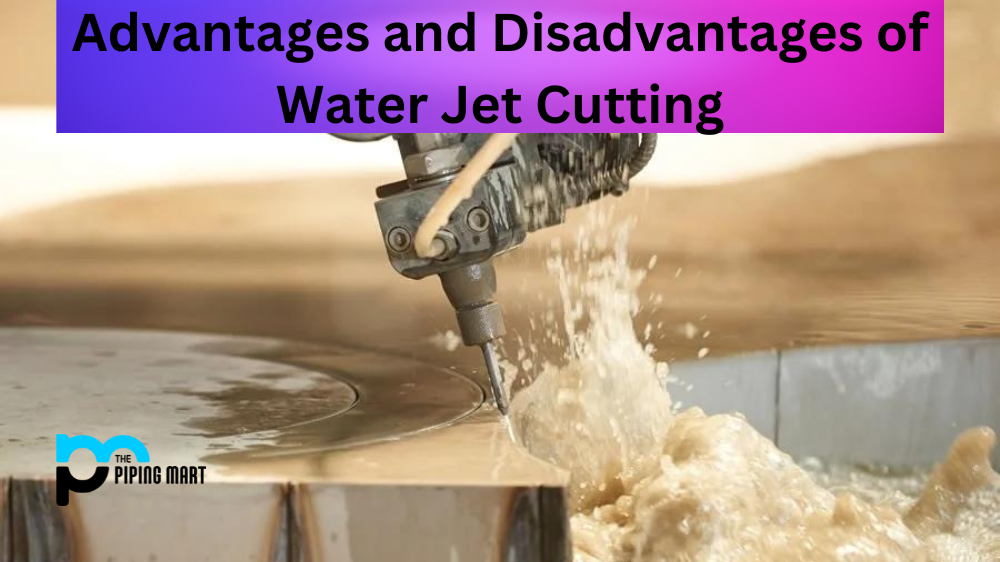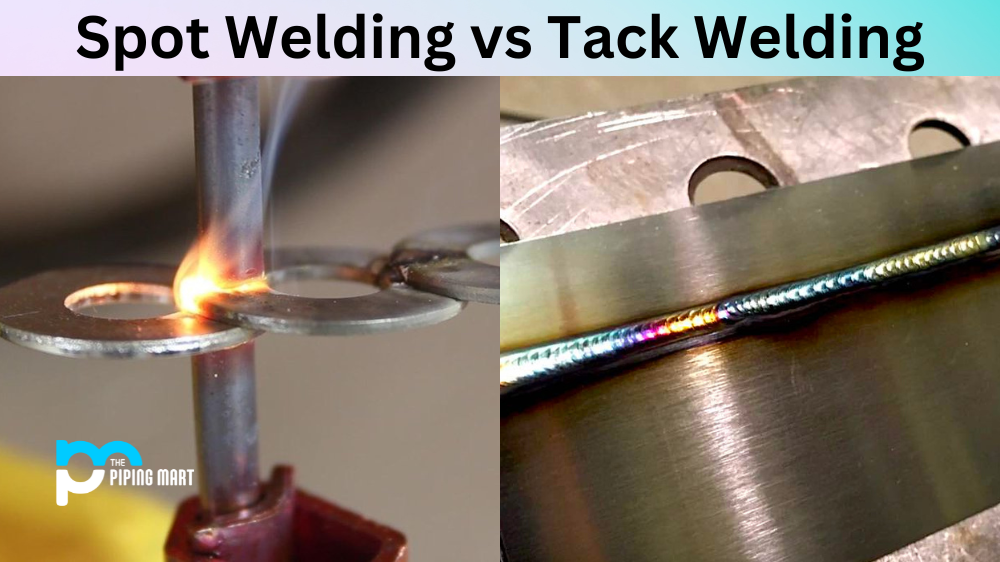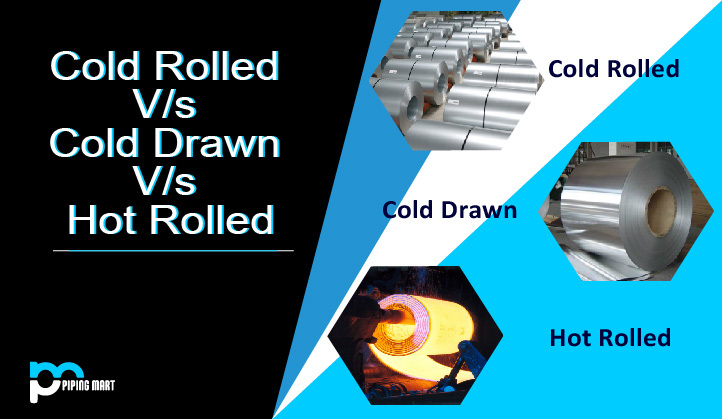Water jet cutting is a powerful technology used in many industries. It can be used to cut through almost any material and is extremely precise, making it ideal for intricate or complex designs. However, there are also some drawbacks to consider when using water jet cutting. This guide will explore the advantages and disadvantages of this unique process so that you can make an informed decision about how best to use it in your business.
Advantages of Water Jet Cutting
The primary advantage of water jet cutting is its precision. This process involves using high-pressure streams of water mixed with abrasive materials such as garnet or aluminium oxide to cut through materials. The pressure and velocity of these streams allow for incredibly accurate cuts—down to 0.005 inches (0.13 mm). This makes water jet cutting an excellent choice for detailed designs or complex shapes that require extreme accuracy.
Waterjet cutting also has the advantage of being able to cut through almost any material, including metal, glass, stone, plastic, wood, foam, and rubber. This versatility is especially useful if you need to work with a variety of different materials in your production process. Additionally, since no heat is generated during this process, there’s no need for cooling afterward; this makes it significantly faster than other types of cutting methods, such as laser or plasma cutting.
- Water jet cutting is a versatile technology that can be used to cut a variety of materials.
- Water jet cutting is extremely precise and can be used to create intricate designs.
- Water jet cutting is a clean and safe technology that does not produce any harmful fumes or waste products.
- Water jet cutting is fast and efficient and can often be completed in a matter of minutes.
- Water jet cutting is relatively inexpensive and can be an affordable option for many businesses.
Disadvantages of Water Jet Cutting
One significant downside of water jet cutting is its cost—it’s generally more expensive than other types of cutting methods due to the equipment required and the high cost of the abrasive materials used in the process. Additionally, because the process relies on pressurized streams of water mixed with abrasives, it produces a large amount of waste material that must be disposed of properly; this adds additional costs to consider when budgeting for a project involving waterjet cutting. Finally, while waterjet cutting can produce incredibly precise results with very little margin for error, at times, too much precision can actually be detrimental; in some cases, extremely fine details may be lost in translation when transferring from design software into physical form via waterjet cutting. As such, it’s important to carefully consider what level of detail your project requires before committing to any particular method or technology.
High initial investment
Water jet cutting machines are very expensive, with the most basic model costing around $10,000. Additionally, the cost of the abrasive materials used in water jet cutting can be quite high, with some materials costing over $100 per pound.
Requires a skilled operator
Water jet cutting is a complex process that requires a skilled operator to produce accurate and consistent results. Operators must be able to control the speed and pressure of the water jet, as well as the positioning of the cutting head.
Limited to certain materials
Water jet cutting is only effective on materials that are softer than the abrasive material being used. This means that water jet cutting cannot be used on metals or other hard materials. Additionally, waterjet cutting is not effective on materials that are thicker than about four inches.
Material waste
Another disadvantage of water jet cutting is that it can generate a significant amount of material waste. The high-pressure stream of water can cause the material being cut to fracture into small pieces, which can then be blown away by the jets of water. This can result in a large amount of material being lost during the cutting process.
Health and safety concerns
Another concern with water jet cutting is the potential health and safety hazards associated with the process. The high-pressure stream of water can cause serious injuries if it comes into contact with skin, and the abrasive materials used in waterjet cutting can also be harmful if inhaled or ingested.
Conclusion:
Overall, water jet cutting has numerous advantages—including speed and versatility—that make it appealing for many businesses looking for an efficient way to create complex designs quickly and accurately with minimal waste or margin for error. Of course, there are also some drawbacks associated with this technology, such as cost and waste disposal considerations, that should be taken into account when deciding whether or not this method would work best for your project needs. Ultimately by considering all aspects, you’ll be able to make an informed decision about whether or not water jetting is right for you!

A passionate metal industry expert and blogger. With over 5 years of experience in the field, Palak brings a wealth of knowledge and insight to her writing. Whether discussing the latest trends in the metal industry or sharing tips, she is dedicated to helping others succeed in the metal industry.




